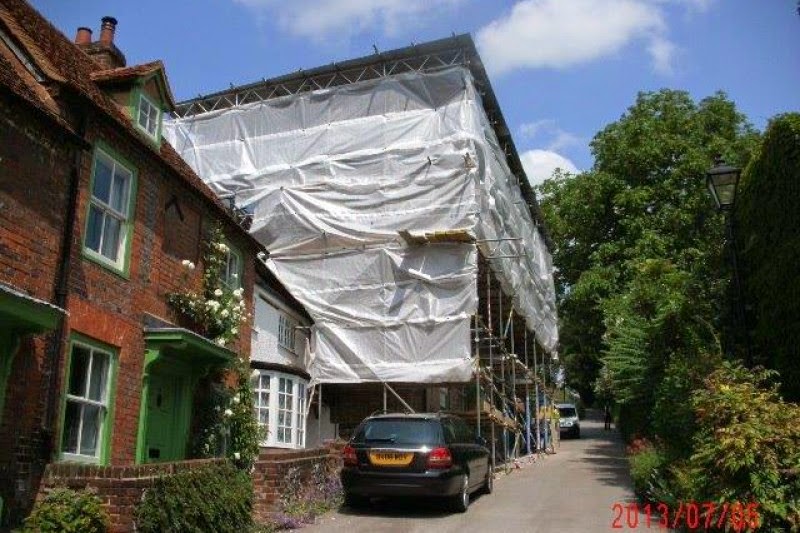 |
| Visit the artist exhibitions in West Wycombe Village. |
I've always enjoyed the George and Dragon for its welcoming atmosphere, its mouth-watering pork-belly sandwiches but most recently for their support of the arts. It is their first year to host an exhibition by a group of five local artists.
The George and Dragon is one of three pubs in the village and it is currently supporting the Bucks Open Studios by providing a small haven in their courtyard for painters.
The five painters are Julia Johnson, Keith Francis, Linda Travers Smith, Pauline James, and Polly Priestley. Their work includes watercolour, acrylic, oil and pastel artwork. In previous years the group set up in the parish church rooms, but this is their first foray at the pub. The painters display until this Thursday 19 June 2014, and are open 11am-6pm.
There is also a highly skilled jeweller in the village a few doors down at 15b, visit her or her website www.artisan-jewellery.com.
Bucks Open Studios is an annual event held in June every year where artists and makers all over the Country open their studios or hold exhibitions and events showcasing and demonstrating their work.






